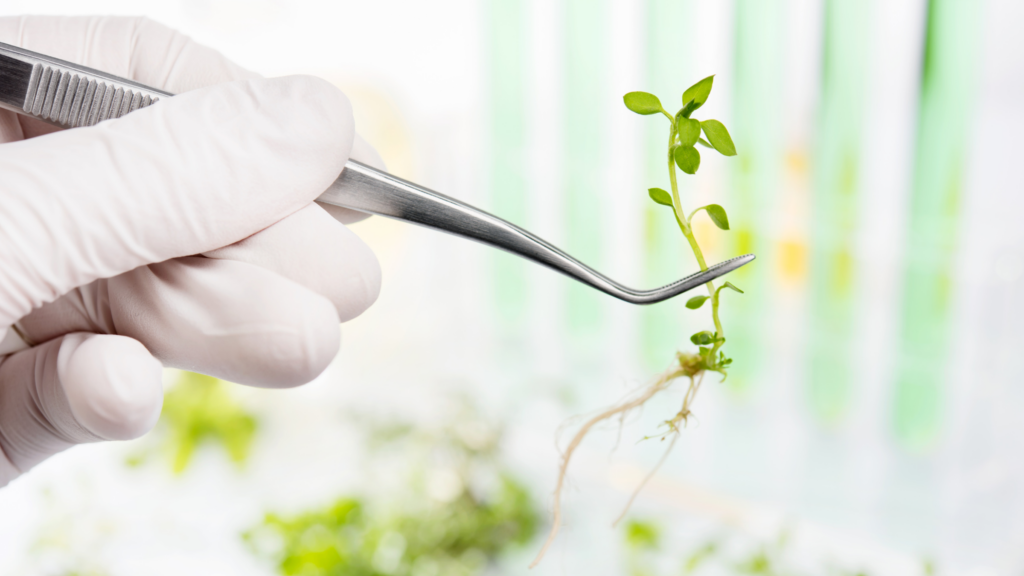Statistical data as the key
A digital twin is a virtual model that replicates the physical characteristics and behaviors of a real object or system and can be used to simulate and optimize the performance or results of that system.
In the case of a plant, the creation of a digital twin is somewhat more complex in order to reproduce the physical, biochemical and biological properties of the plant. It is precisely the information from the genetic code, the biochemical synthesis pathways, and morphological data, such as size, shape, and leaf structure, that must be recreated. However, this is not sufficient for a living organism, such as a plant, because in addition to the nature of the plant, its growth patterns and its reactions to various environmental factors such as light, water and nutrients must also be reproduced.
Once the digital twin is created, it can be used to simulate how the plant would react to various influencing factors. For example, the digital twin could be used to test how changes in light intensity, nutrient content or pruning frequency affect the plant's growth and development .The results of these simulations could then be used to optimize the plant's growth in the real world.
Digital twins of plants are still a relatively new concept, and there are many challenges in creating accurate and reliable models. However, as technology continues to advance, digital twins could become an increasingly useful tool for optimizing plant growth and increasing agricultural productivity. That's where CAPSERO comes in, transferring tomorrow into today .

Design of Experiment
Statistical tools are used to generate data on the behavior of a plant.

Digital Twin
Statistical data is used to create behavioral patterns that represent the Digital Twin.

Optimization
Optimizations can be simulated for higher biomass, more ingredients or other parameters.
Digital twin and forecasts
The creation of a digital twin of a plant requires the use of different technologies, depending on the level of detail and complexity of the model. By means of forecasts and simulations, statements can be made on the following points:
Optimal nutrients
Through the Digital Twin, nutrients can be optimized and different scenarios of nutrient addition can be illuminated through simulation.
Optimal use of nutrients and reduction of protectants can be determined.
Ingredient targeting
The Digital Twin can be used to calculate the optimal ingredient composition.
Simulation and statistical data can be used to target a range for an ingredient blend.
Adaptation to conditions
Plants adapt to environmental conditions but how exactly this happens is often difficult to figure out. Through simulation, these environmental conditions and their influence on a plant can be shown.
Cultivation in the field can thus be simulated in advance.
Knock-out
Reduction of secondary metabolites can be simulated and even minimized or completely bypassed through knowledge of the biochemical synthesis pathways.
Such phenotypic knock-outs are now possible without interfering with the DNA code.
Shorten growth time
The shortening of the growth phase can be simulated and the optimal parameters can be read out.
In this way, the growth cycles of a plant can be significantly shortened.
Biomarker detection
Through experimentation and statistical plausibility, biomarkers or digital biomarkers can be identified and included in the model.
Biomarker information makes phenotypic optimization easier, faster and more accurate to simulate.

Ready to take the next step?
Fill out our contact form and let's explore the possibilities together. Let us know your requirements, questions or suggestions and our team of experts will be on hand to help you.
We look forward to hearing from you and developing innovative solutions together.


